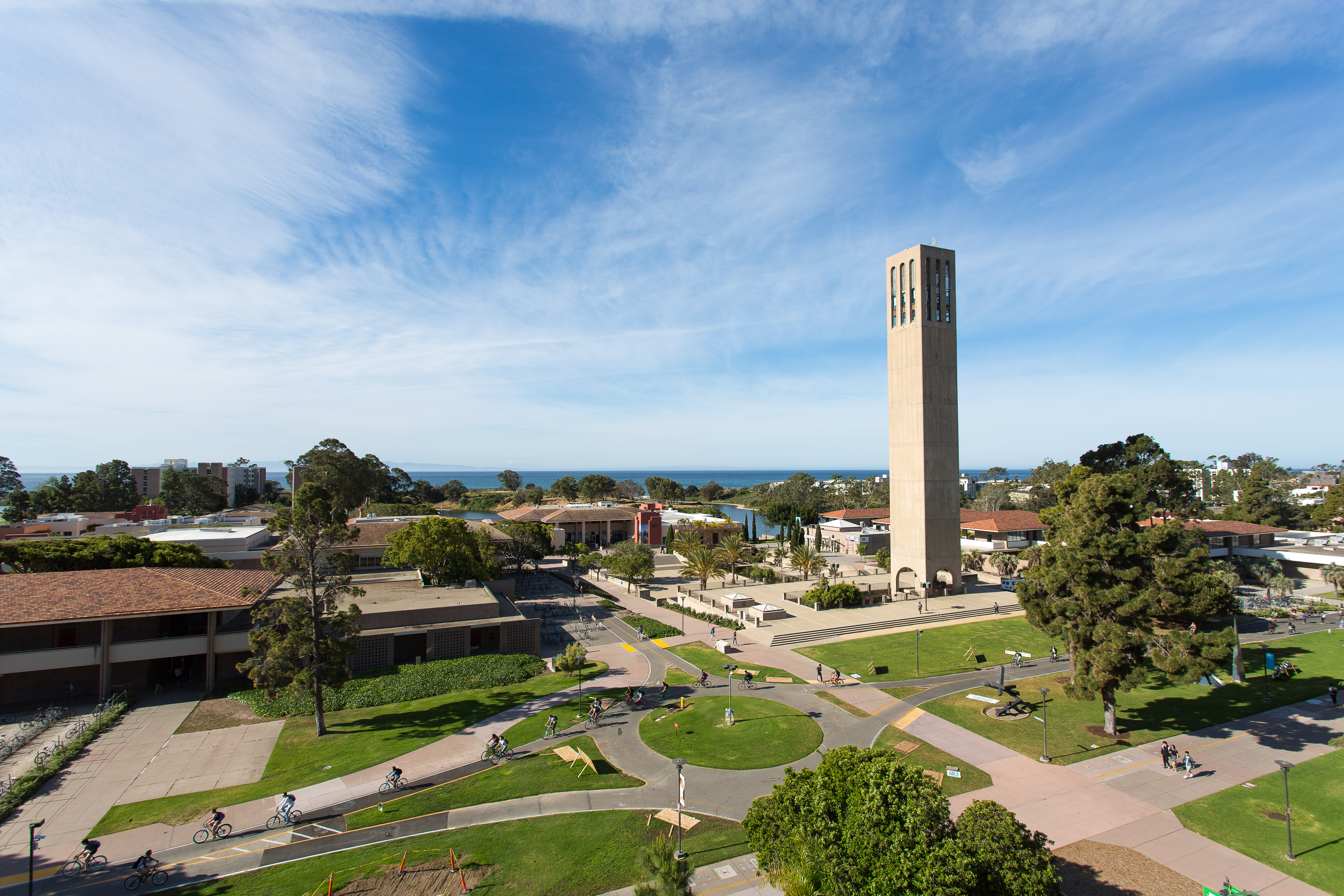
International Excellence
With an increasing average number of citations and a growing percentage of scientific papers belonging in the most frequently cited publications, UC Santa Barbara remains among the top 10 universities worldwide for research impact, as listed by the 2016 Leiden Rankings.
Compiled annually by the Centre for Science and Technology Studies at Leiden University in the Netherlands, the ranking is based on data from the Web of Science bibliographic database produced by Thomson Reuters. The 2016 list takes into account Web of Science core publications from 2011 to 2014. Impact is determined by several indicators, including the average number of citations of the publications of a university, the proportion of publications that belong in the top 10 percent most frequently cited Web of Science publications, and the proportion that belong in top 1 percent most frequently cited publications.
UCSB’s scientific publications — which include papers in the areas of life, biomedical, mathematics, engineering, computer, natural and social sciences and humanities — are cited an average of 11.72 times. For 2016, 20.5 percent of its scientific publications belong in the top 10 percent of most frequently cited publications, putting UCSB at No. 8 worldwide for that indicator.
When taking into account the proportion of the university’s scientific publications in the top 1 percent most frequently cited Web of Science core publications, UCSB ranks 7th worldwide. This ranking also places UCSB No. 6 among U.S. universities and No. 1 among public institutions in the country in terms of scientific research impact, with specific strengths in the fields of physical sciences and engineering, as well as in the life and earth sciences.
The methodology for selecting and ranking universities has changed somewhat from previous versions of the Leiden Rankings. Instead of listing the top 750 universities worldwide with the largest Web of Science indexed publication output, the 2016 list includes all universities worldwide with a publication output above 1,000 fractionally counted Web of Science core publications, bringing the total list of universities this year to 842. The ranking has also modified its approach with regard to collaboration indicators and hospital affiliations.
According to the Centre for Science and Technology Studies, the Leiden Ranking “offers more advanced indicators of scientific impact and collaboration and uses a more transparent methodology.” The ranking does not use data from reputational surveys, or data provided by the universities themselves, and employs bibliometric methods —quantitative analyses of patterns of publication — to analyze the impact of and collaboration by the top universities in the field of the sciences. The Centre is a leading provider of science and technology indicators, and of performance and benchmark studies of scientific groups and institutes.



